What the Heck is Space Tourism?
NOTE: This is one of several unpublished articles on Space Tourism that I am working on. I’m looking for feedback and opinions.
The classic film “2001: A Space Odyssey” exposed an amazed audience to a vision of the future that seemed possible. Released in 1968, at the height of the Space Race to the Moon, the public was ready to accept the potential reality of a Hilton Space Hotel in orbit around the Earth. They saw a Pan Am Space Clipper majestically sail into the Hotel’s docking bay. Passengers disembark like it was a ferry boat. At the time, the public was ready to accept this as a new reality.
Forty years later, the old feeling is back. Rich businessmen spend $20 million on a trip to the International Space Station. Adventure seekers get a taste of weightlessness in aircraft from Zero Gravity Corporation. The $10 million Ansari X Prize was awarded to a company which flew the first private spaceship. Tourists flock to NASA Space Centers, the National Air & Space Museum, and Science Centers to learn about space travel. Space is cool again.
So what does it all mean? Back in the 1960’s people saw the TV cartoon show “The Jetsons” and believed robot maids would be in every home, and we would be flying our personal rocket car to work. Today, the Roomba robot vacuum is a hot seller. The rocket cars, well, ain’t there yet. But a lot of folks are working on it.
In 2003, China became the third country outside of the United States and Russia to launch a man into space. They are also getting into the space tourism fray by adding a fourth launch site combined with a theme park.
Asia is coming of age, and having a space program is perceived as major prestige boost for each country. Singapore is developing a spaceport with the assistance of Space Adventures, the American company responsible for sending five tourists to the ISS. Malaysia is pondering how a Muslim in orbit can pray five times a day when the sun rises every 90 minutes. Japan is the most technologically advanced, especially in the realm of robotics. India has launched a long range rocket that they intend to send satellites into orbit, South Korea announced they too are developing a space program.
Photo Caption: Anousheh Ansari, the 4th private space traveler. Photo: NASA
It is international. When businesswoman Anousheh Ansari flew to the International Space Station on September 18, 2006, she wrote a daily blog about her personal experience. She wrote with such candor that it inspired a generation of women, especially women in the Middle East, that they can achieve their dreams.
Much of what the public knows about space tourism comes from the X PRIZE Foundation. The organization made history in 2004 when a company won the $10 million Ansari X PRIZE for sending a privately owned spaceship to the edge of space.
Space Tourism should be looked at in the context of the tourism industry as a whole. Tourism is the world’s largest industry, with revenues of $3 Trillion in 2000. One of the fastest growing sectors is adventure travel. Going to Disney World is fine for most people, but there are a some who want more. 50,000 people visit Antarctica every year. Hundreds of people attempt to climb Mount Everest, which is still a dangerous venture. Scuba diving has been a popular pastime since the 1950’s. These are treks for folks who want a physical challenge and seek a new, unique experience.
Photo Caption: John Spencer of the Space Tourism Society. Photo: Samuel Coniglio
The space tourism experience exists today and at many different levels. From attending space-theme rides, to flying in spaceship simulators, to training for the real thing, there are many adventures available, depending on your time and your budget. John Spencer, President of the Space Tourism Society, a non-profit group that is setting the long term vision of the industry, breaks down space tourism into five different levels: Real Space, Sub-Orbital Flights, Zero-Gravity Flights, Immersive Simulations, and Virtual Worlds.
Real Space
Traveling to space is an extension of the adventure travel experience. Like climbing Mt. Everest or scuba diving, it requires time, preparation, and physical fitness. Disposable income helps too. These travelers are a not a casual vacationer: they are serious. Currently the only destination is the International Space Station, but that will be changing soon.
Dennis Tito, the 1st private space traveler. Photo: NASA.
On April 28, 2001, Los Angeles businessman Dennis Tito flew to the International Space Station. He spent eight months of training in Russia, working beside cosmonauts Talgat Musabayev and Yuri Baturin. Despite immense controversy from NASA, including an incident where Mr. Tito was not allowed into the Johnson Space Center for ISS training, he did fly. This opened the doors for private space travelers and gave the struggling Russian space program a needed boost in revenue.
Eric Anderson of Space Adventures. Photo: Samuel Coniglio
Space Adventures is the premier space tourism company. Founded in 1992 by adventure travel enthusiasts and run by marketing wizard Eric Anderson, Space Adventures offers the full spectrum of space tourism adventure packages. From NASA space center tours guided by an astronaut, to zero gravity airplane flights, to MiG 29 fighter jet flights to the edge of space, and full cosmonaut training for the ultimate trip: a flight to the International Space Station. Starting with Dennis Tito, five wealthy adventurers from around the world have taken the ultimate journey. Space Adventures is also working with a Russian aerospace company to develop a sub-orbital passenger vehicle.
Photo Caption: L: Robert Bigelow. R: Computer image of his space hotel. Photos: Samuel Coniglio, Bigelow Aerospace
Robert Bigelow is a man with a vision. With two working prototype space hotels in orbit, his company Bigelow Aerospace is well on its way flying not just one, but a series of space habitats. A real estate developer by trade, Mr Bigelow made millions in the real estate market in Las Vegas, and also created the Budget Hotel Suites. Now he wants to lease the space habitats to national governments and to businesses.
Sub-Orbital Flights
The term “sub-orbital” means just below the altitude needed to stay suspended in space and cruising around the planet. The internationally recognized edge of the atmosphere is 62 miles/100 km. At that level, passengers experience about fifteen minutes of weightlessness.
L: Aviation legend Burt Rutan. R: SpaceShipOne tethered underneath carrier plane White Knight. Photos: Samuel Coniglio
On October 4, 2004 Space Ship One made the history books by being the first privately owned vehicle to carry a person to the edge of space. Designed by famous aviation designer Burt Rutan, his vehicle’s multiple flights proved to the world that private space travel was on its way. His company, Scaled Composites, is developing Space Ship Two as commercial venture with Virgin Galactic.
Richard Branson is an iconoclast. Famous his many entrepreneurial ventures under the Virgin brand name, his latest foray reaches for the stars. Virgin Galactic is a spaceline. You read that right, a spaceline.
L: Richard Branson. R: Mock-up of the interior of Space Ship Two. Photos: Samuel Coniglio, Virgin Galactic
Virgin Galactic is marketing Burt Rutan’s Space Ship Two for adventure rides to space. The spaceline operator has established a set payment of $200,000 per seat, with a minimum refundable deposit of $20,000 to make a reservation. As of July 2007, 200 customers from 30 different countries have already made deposits to confirm their reservations. The first commercial flights will be in the 2009-2010 timeframe.
Zero Gravity Flights

Photo Caption: L: Peter Diamandis of Zero Gravity Corporation, X PRIZE and many other space endeavors. R: A zero gravity kiss. Photos: L: Samuel Coniglio, R: Tim Bailey
Zero Gravity Corporation’s founder Peter Diamandis likes to call his company an “eleven year overnight success story.” It took a decade to get certification from the Federal Aviation Administration to allow flying of civilians in a simulated zero gravity environment. How do they do it? Specially outfitted 737 aircraft fly in parabolic arcs up and down at 35,000 feet altitude. On the way down, passengers experience weightlessness for about 30 seconds. Multiply that by about twenty parabolic arcs, you get the ultimate roller coaster ride. Special training helps reduce the chance for nausea, but not completely.
Immersive Simulations (resorts/adventures)
Photo Caption: The “Mars Improv” team prepares for “launch.” Photo: Samuel Coniglio
Red Planet Adventures is taking the Executive Training industry to another level. Using a trip to Mars as a theme, participants create a team, build a space ship, and define their mission. Along the way they learn about living in space from astronauts, scientists and other space experts. A comedy troupe called “Mars Improv” plays out each phase of the adventure based on participant suggestions. The whole program educates and promotes teamwork, all from a dinner-theater situation. No physical fitness or education requirements needed. And most of all, it is fun!
Photo Caption: A young astronaut builds a space station. Photo: Space Camp
SpaceCamp has been around since the 1982 as the premier training camp for kids and adults to become “astronauts.” It is located in Huntsville, Alabama, next to the NASA Marshall Space Flight Center. Thousands of children don flight suits and fly space shuttles in the camp’s giant simulator. The adult Aviation Challenge is also very popular.
Entrance to Mission:Space ride at Disney EPCOT Center. Photo: Wikipedia
Mission: SPACE is a motion simulator thrill ride at Epcot, a theme park at Walt Disney World Resort in Lake Buena Vista, Florida. It simulates what an astronaut might experience aboard a spacecraft on a mission to Mars, from the higher g-force of blastoff to the speculative hypersleep. Opened in 2003, the ride gives an amazing experience to 1,600 guests per hour!
Computer Sims / Virtual Worlds
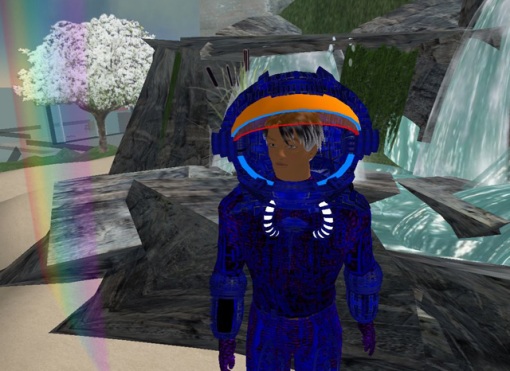
Photo Caption: The author’s avatar exploring a strange new world. Photo: Samuel Coniglio
Second Life recently became big news as part of the second generation Internet explosion. Beyond the web browser wars of the 1990’s, social networks like MySpace.com and Flickr.com are creating new types of communication. Second Life takes communication to the realm of science fiction. It looks like a computer game. You create a character called an Avatar, customize its appearance, and explore the Second Life world. You can build things and interact with other avatars. Unlike computer games, there is no end goal.
Photo Caption: View from the top of a virtual Vehicle Assembly Building at Second Life’s “Spaceport Alpha” island. Photo: Samuel Coniglio
NASA has a foothold in Second Life with the creation of CoLab or “Collaborative Laboratory.” This virtual lab is a joint effort by NASA and individuals to educate the public about space travel in new ways. Several non-profit organizations such as the National Space Society have dived into Second Life. On one of the “Islands” you can tour through a giant “rocket garden:” hundreds of replicas of rockets and space ships actually build and flown. Free classes teach avatar students physics and rocket science. Students can build and test new rocket designs all from the comfort of their own computer.
Photo Caption: Granger Whitelaw (center) co-founder of Rocket Racing League and the six rocket racer teams ready for action. Photo: Samuel Coniglio
The new Rocket Racing League is called the “NASCAR of rocket travel.” Six teams have been announced at the recent X PRIZE Cup, and all they are waiting for is the vehicle and a sports channel contract. In a nutshell, rocket-powered aircraft compete with each other in aerial racetracks that are visible in the pilot’s “Heads Up Display.” A unique feature of this technology is that viewers can participate via their computer. Using flight simulator software, participants can directly compete with the pilots with virtual rocketplanes. The real rocketplanes are being built by XCOR Aerospace in Mojave, California, home to many pioneer rocket companies. XCOR has created safe, reusable rocket engines that can be quickly refueled. Real world racing meets virtual racing.
Space tourism is more than drinking a martini in a space hotel. Space-related tourism adventures are available now for people of many economic levels. Like the barnstorming days of airplanes, it took many years of technology upgrades and new economic models like the airline industry to develop. We are in the early days of a new era, and our grandkids will take it for granted they can vacation on the Moon.
2 Comments »
Leave a comment
-
Archives
- May 2009 (1)
- January 2009 (1)
- August 2008 (3)
- July 2008 (1)
- June 2008 (1)
- May 2008 (6)
-
Categories
-
RSS
Entries RSS
Comments RSS
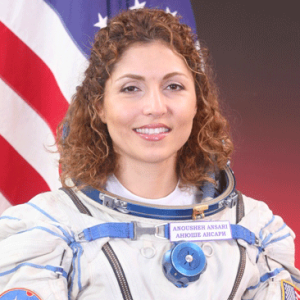
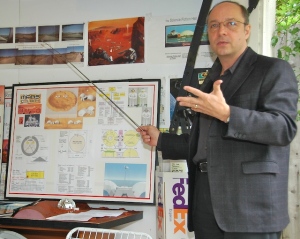
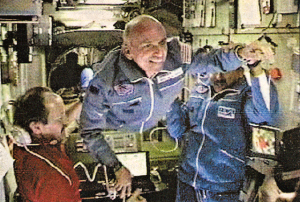
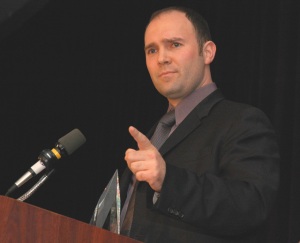
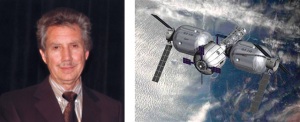


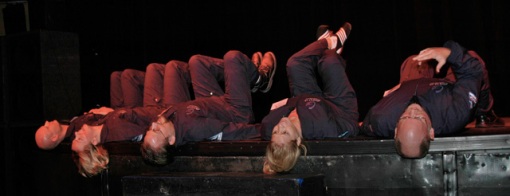
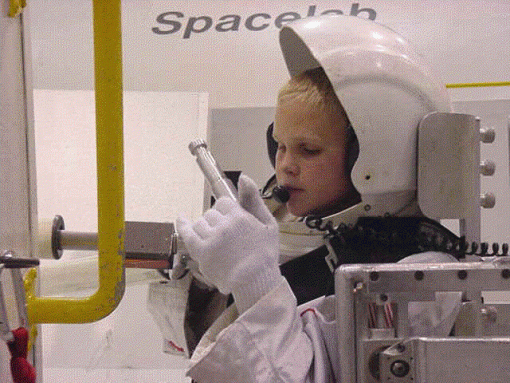
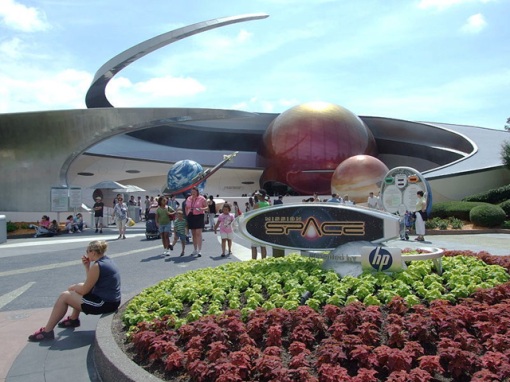
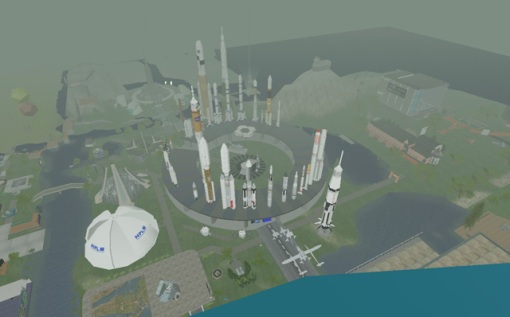
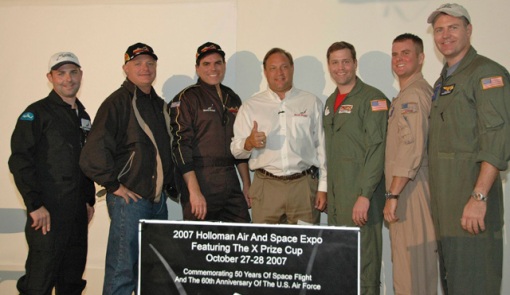







Very nice!!
I may not be alive long enough to see the ultimate outcome of this evenstream, but it is most exciting and encouraging to witness its evolution.
The world faces many challenges, and as a planetary civilization we are currently mired in a very precarious turning point in our potential future history, but if there is any one arena of endeavor that represents the very best of human endeavor and collaboration, it is in the pursuit of space.
At some point, however far into the future that may be, we will have to venture offworld, not just for scientific investigation and “tourism”, but for the harvesting of energy and resources, and eventually, colonization.
It is the ultimate test that any theoretical planetary civilization can face; i.e., they collaborate and function effectively enough to evolve to that next stage of offworld existence, or remain confined to the home planet, quite possibly to their ultimate eventual demise.
In a sense, your article chronicles the beginning edge of this next evolutionary stage, and to that end, it is a fine effort.